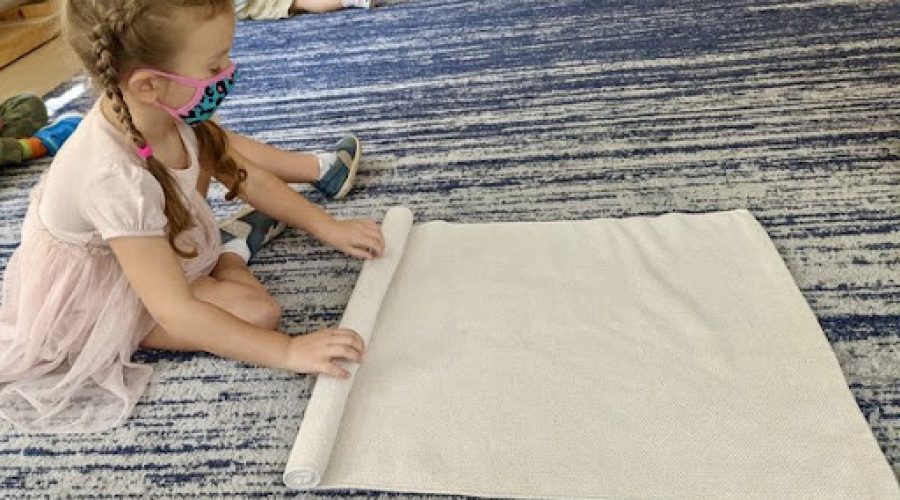Summer break and vacation are a time to unwind from our regular routines and do something new and different. Likewise, restoring school-year routines for kids is essential for the child for a successful return to school. Once you’ve chosen the ideal school for your child, it is up to you to help them transition into the classroom. Young kids need a consistent, predictable daily routine at home and school. Preparing a daily routine for kids and following it helps to achieve a smooth transition from home to school.
Child Routine Charts
While visual charts are very effective for children under six years old, older children will benefit from preparing their schedules with a timeline. For example, you can achieve smooth morning routines for kids with little preparation. Simply wake up 10 – 15 minutes earlier than the planned time. Allowing enough time for young children to get themselves ready independently will help them be independent, self-reliant, and more cooperative. Montessori classrooms help every child be independent irrespective of their age. Simple routines lead to success with just a little bit of planning and without spending too much time or money.
At home, parents can create a child routine chart, then tweak it as needed until you find the right sequence and order. Routine charts may have a list of items or a specific item with step-by-step directions. Some good examples of routines at home include a morning routine, bedtime routine, toilet training routine, daily chores routine, meal preparation routine, school preparation routine, etc. Developing a routine chart for each activity is not necessary. Instead, the goal is to train your child to think through the process and prepare them for cooperation and independence.
How to Create Routines for Kids That Work
For many parents, bringing their child to school can create anxiety for both the parent and child. It can become an emotionally draining task. Involving your child to create a routine that will suit your family will save time and prevent meltdowns! Reassuring your child that you will come back to pick them up when school is over is vital for young children. They need to hear those words again and again until they are confident about their predictable routine. Also, take time to know your child’s teacher, talk to them about your child, and build a trusting relationship. This will help everyone have an easier transition to school each day. Young children can sense how you feel when you trust the environment and the adults in charge; in turn, they will also feel safe and secure.
Daily Routine Example for Kids | Drop off Routine
- Ask your child how they want to say goodbye?
- Have your particular routine (big hug, turn around near the door to wave, flying kisses, high fives, etc.). This will signal your child to say goodbye confidently.
- Give your full attention and tell them you will be back before you leave (no-screen time).
- Avoid lingering, make the drop-off routine short, sweet, and consistent. Leave with a big smile (even if your child is unhappy) – this will reassure your child that they are safe and in good hands.
Back to School Prep
Talk to your children about the day’s plan and what will happen next or later in the day. Arriving on time before the commencement of class helps young children to ease into their classroom. It prepares them to engage in work more easily. Adults often feel lost when arriving late to work or a meeting. It is no different for young children, only they require more time to adjust. When you prepare young children like this, it enables them to accept and co-operate more willingly. This way your child enjoys the privilege of being on time and starting the day like other friends in the classroom.




